Buying farmland abroad: Prices, benefits and risks
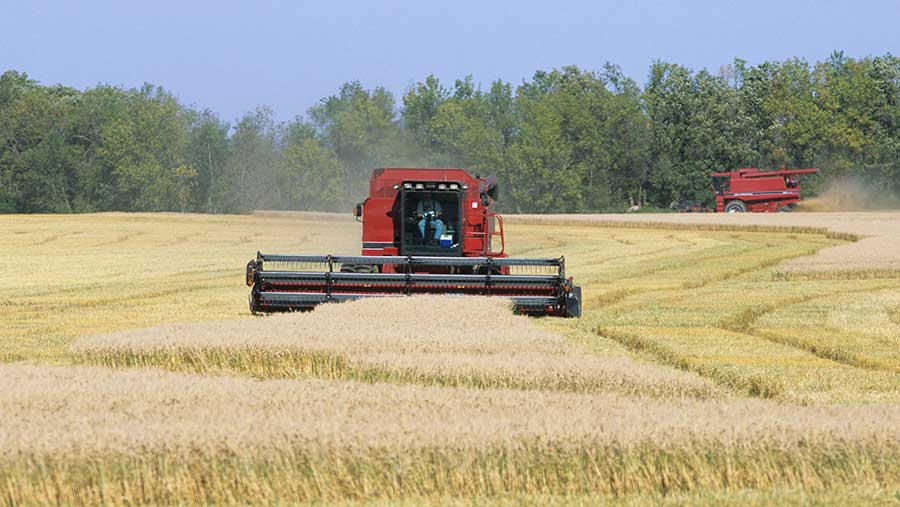 © Daphne Kinzler/FLPA / imageBROKER/REX/Shutterstock
© Daphne Kinzler/FLPA / imageBROKER/REX/Shutterstock Land ownership remains a steady investment opportunity across the globe, according to Savills’ latest Global Farmland Index.
Launched 14 years ago, the annual report of land values across the world has shown an average annualised growth of 13.3% since 2002.
See also: Agents report move towards year-round farmland market
In recent years though, pressure on commodity prices has slowed growth to just 2% from 2011 to 2016.
But farmers with one eye on international affairs will see opportunities to invest in European, African and South American markets where the political and economic environment or attitude to foreign investment is changing.
USA
A relatively stable political environment and a strong economy means the USA is classed as a low investment risk with high potential benefits.
This is largely driven by the opportunities for large-scale farming, although the location of farmland is very important as it requires good soils, infrastructure and adequate rainfall.
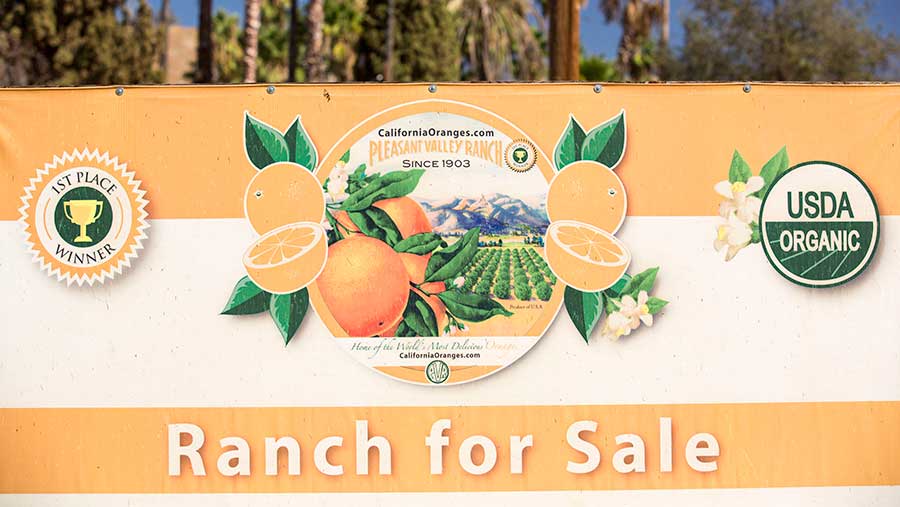
© Global Warming Images /REX/Shutterstock
Australia
The opportunities to farm on a large scale is a big positive for potential investors in Australia, although climate plays an important part, with access to water or rainfall being crucial. There is good liquidity in the farmland market.
Denmark
As recently as 2012, Denmark was at the bottom of Savills’ risk-benefit league table, due to tight foreign direct investment restrictions. But a relaxation of the rules has seen the country become increasingly attractive as an investment opportunity, helped by a significant drop in land values as prices correct themselves.
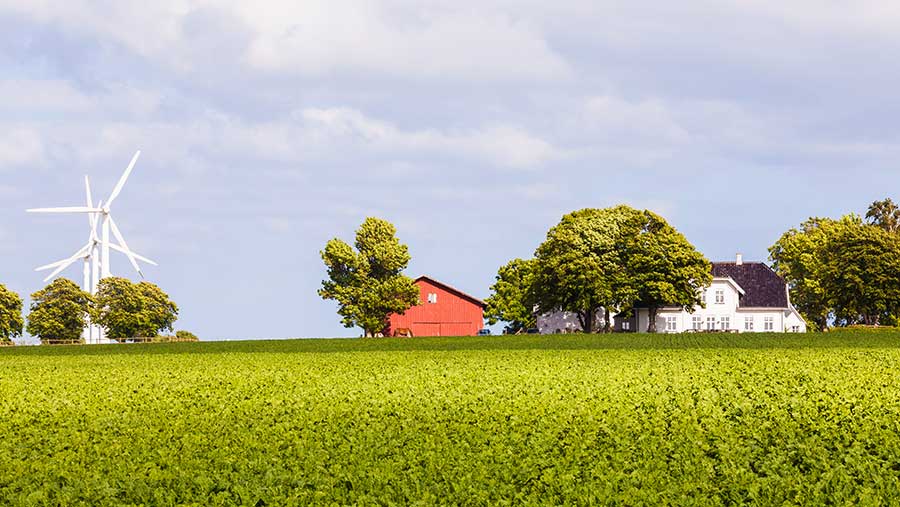
© WestEnd61/REX/Shutterstock
New Zealand
New Zealand remains an attractive proposition due to low political risks and good trade opportunities across the country. Production has potentially higher income returns than in a lot of other countries; the UK being one example.
Canada
Relatively free of political risk, Canada hosts some strong agronomic possibilities in terms of production and trade. In a similar vein to Germany and New Zealand, higher income returns are possible.
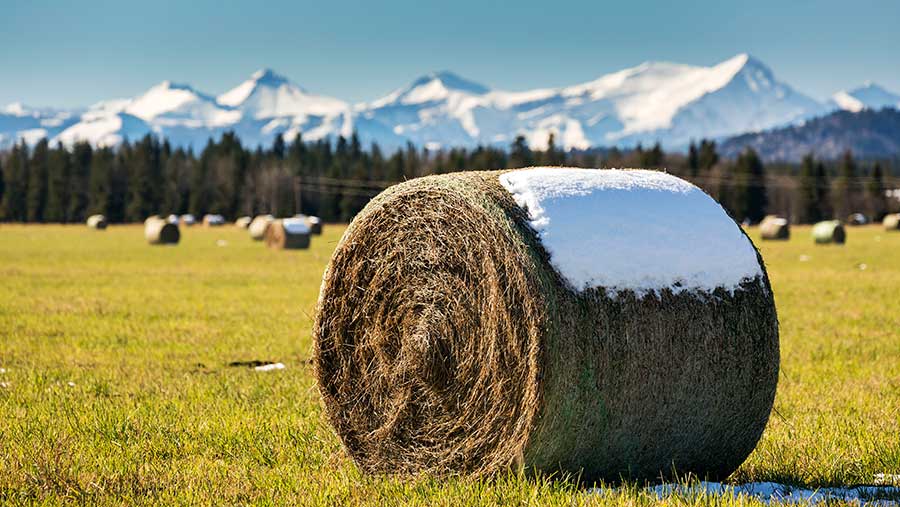
© Design Pics Inc/REX/Shutterstock
Germany
Germany now sits just above the UK in a risk-benefit analysis of investment in farmland in the respective countries. Eastern Germany in particular benefits from a low risk from political establishments, and the prospects are strong for production and trade.
UK
Liberal property laws, transparency of ownership, low taxation and opportunities to diversify income from farmland remain the overriding attractions of UK land to investors. Its weaknesses is achieving scale due to a low turnover of land in the market.
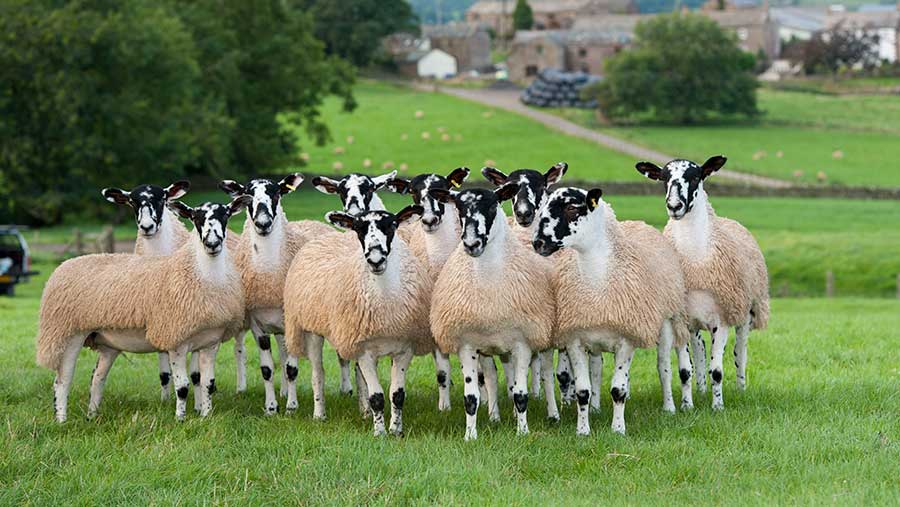
© FLPA/REX/Shutterstock
Poland, Bulgaria and Romania
Increasing political uncertainty and economic instability dampen the risk-benefit profile for these central European countries, despite the fact they carry good agronomic performance and often the opportunity for large-scale farming. Opportunities should be explored with significant due diligence.
Argentina and Brazil
The attractiveness of South American markets has fallen over the past few years. Significant political concerns exist, and poor rural infrastructure are key drivers. There are moves to lift the foreign direct investment restrictions in Argentina and, along with Brazil, it carries the opportunity for large-scale profitable agriculture.
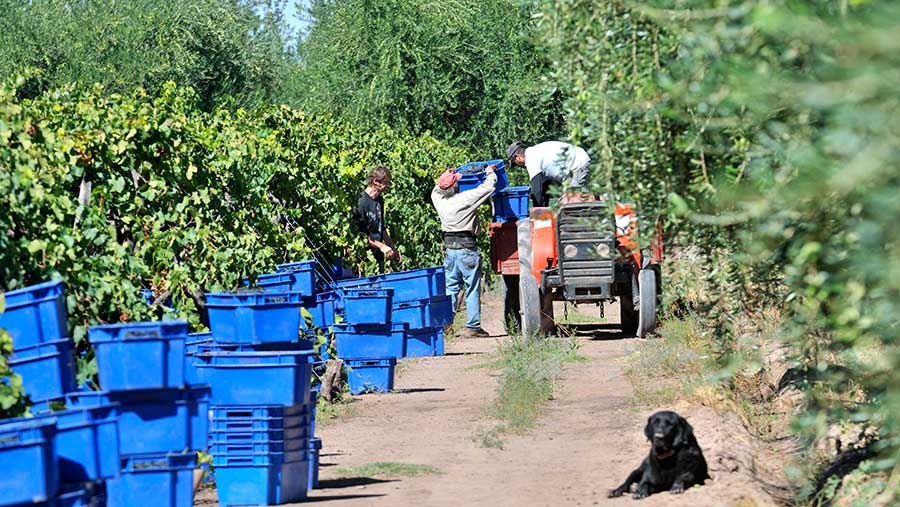
© WestEnd61/ REX/Shutterstock
France
France continues to have restrictive foreign ownership rules in place.
Ireland
A lack of large-scale farming opportunities leaves Ireland at the bottom end of the risk and opportunity scale.
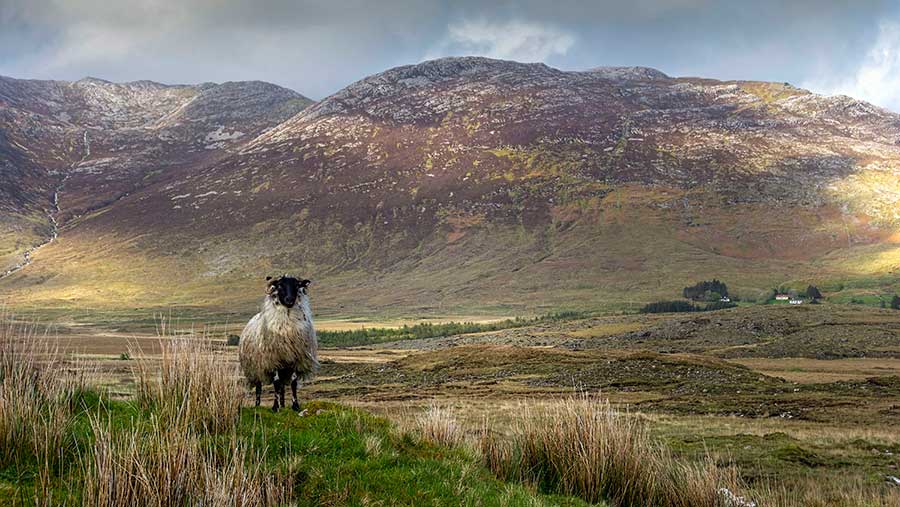
© Paul Mayall / image BROKER/REX/Shutterstock
Hungary
Foreign direct investment rules remain a difficult barrier to overcome in Hungary.
Pros and cons to weigh up before investing in land abroad
A variety of factors play a part in shaping the risks and benefits of investing in farmland in another country. Farmers thinking of investing abroad should weigh up these factors, advises Savills’ international farmland team.
Risks
- Politics: Political insecurity, unfavourable fiscal and tax policy, economic instability, subsidy reliance and large currency fluctuations all add to investment risk.
- Foreign ownership rules: A country’s investment rules can restrict foreign land ownership, but this can suddenly create opportunities if they are relaxed.
- Infrastructure: Does the country provide access to good, reliable infrastructure? This is vital to maximising farm profits.
- Climate: Consider that heavy rainfall, severe drought or the likelihood of major weather events will be bigger risks in some parts of the world.
- Liquidity: Entry and exit opportunities need to be assessed.
- Agricultural R&D: A lack of willingness, or resources, of government and industry to invest in research can affect agriculture and associated sectors in that country.
Benefits
- Size and scale: Is there a chance to acquire or develop a top-performing farm or one that will maximise economies of scale?
- Soil quality: Soil type and quality elsewhere may be more suited to a particular farming operation.
- Output potential: It may be possible to increase yields or output. Consider whether the management tools and resources are available, though.
- Water: Water may be more available, but check if there is a natural source of irrigation.
- Supply chain: Moving up the supply chain to get closer to the consumer may enhance agricultural productivity and investment returns.
- Sustainability: Farming in another country may allow operations to be more sustainable and it is worth considering, as this is becoming increasingly important to farming’s customers and end consumers.
Expert view: Hugh Coghill, director of international farmland, Savills

Hugh Coghill © Richard Marsham
The countries that appeal most to UK investors vary, says Mr Coghill.
“With greater global and economic uncertainty, investors show more interest in known markets with currency, economic and political stability such as the US – the corn belt and delta – plus Australia and New Zealand,” he says.
Central Romania attracts the most interest in central Europe, but quality land is getting more expensive.
“Poland attracts attention historically, but investors in all these markets are slim in number,” he adds.
In terms of attracting investment, the UK’s comparatively low income yield from farmland is a limiting factor. This has traditionally been offset by free movement of capital and a relatively sound political and economic environment.
Brexit, and the associated reshaping of subsidies, may cause the UK to fall further down the league table of sound investments.
“There may be some correction [in the UK’s position], but the amount will be affected by other factors, not least tax.”
South America
Further afield, South America continues to show signs of recovery, with Argentina making moves to lift foreign direct investment restrictions.
Agriculture in the country has been hit by successive governments placing heavy tax and economic restrictions in the past eight years.
“It will take time to regain confidence in the movement of capital,” Mr Coghill said.
“I still think that selected areas and countries in Africa, if water is available, can show attractive returns.
“In central Europe I would look to areas of good land quality where infrastructure improvements will widen access to markets and the same applies to South America.”
